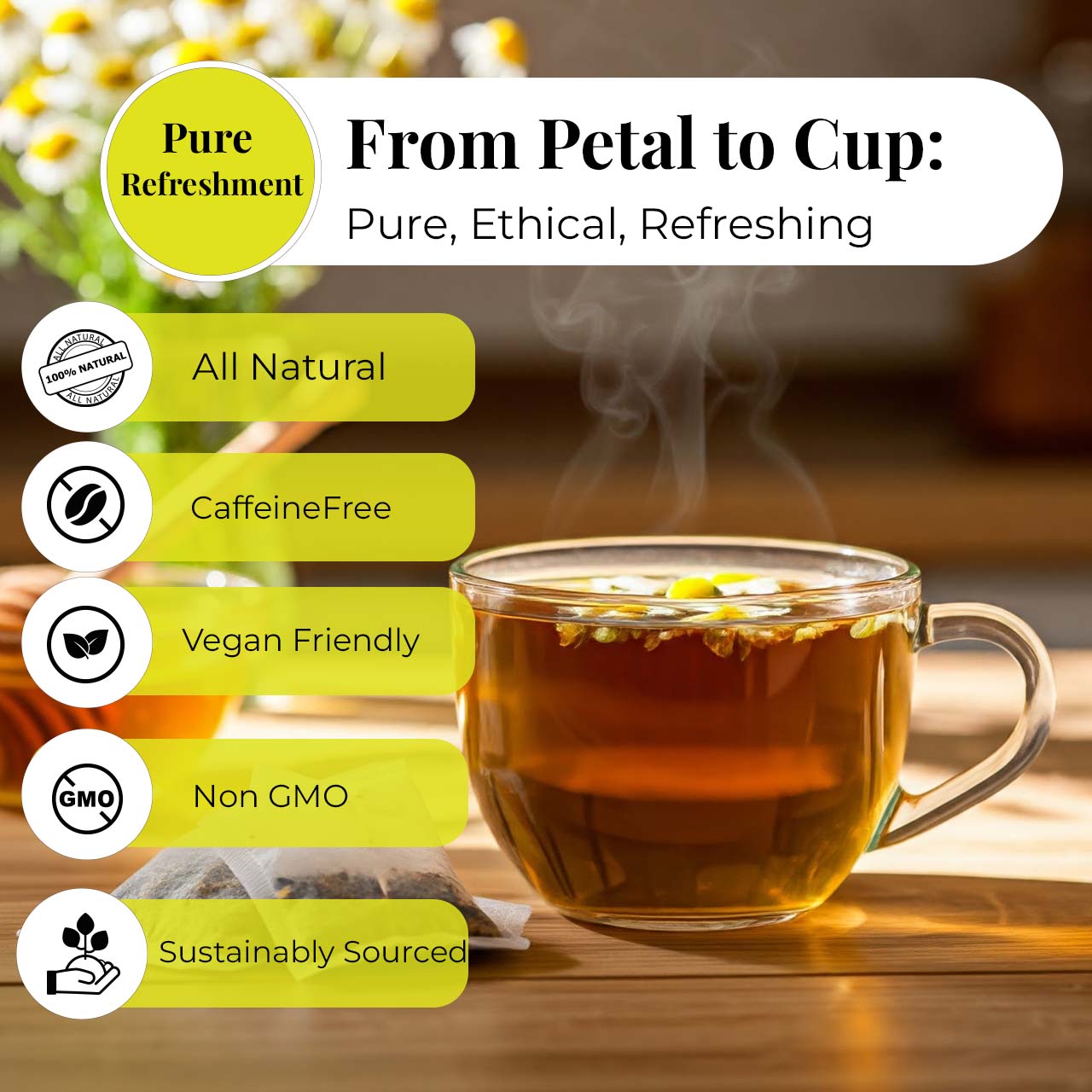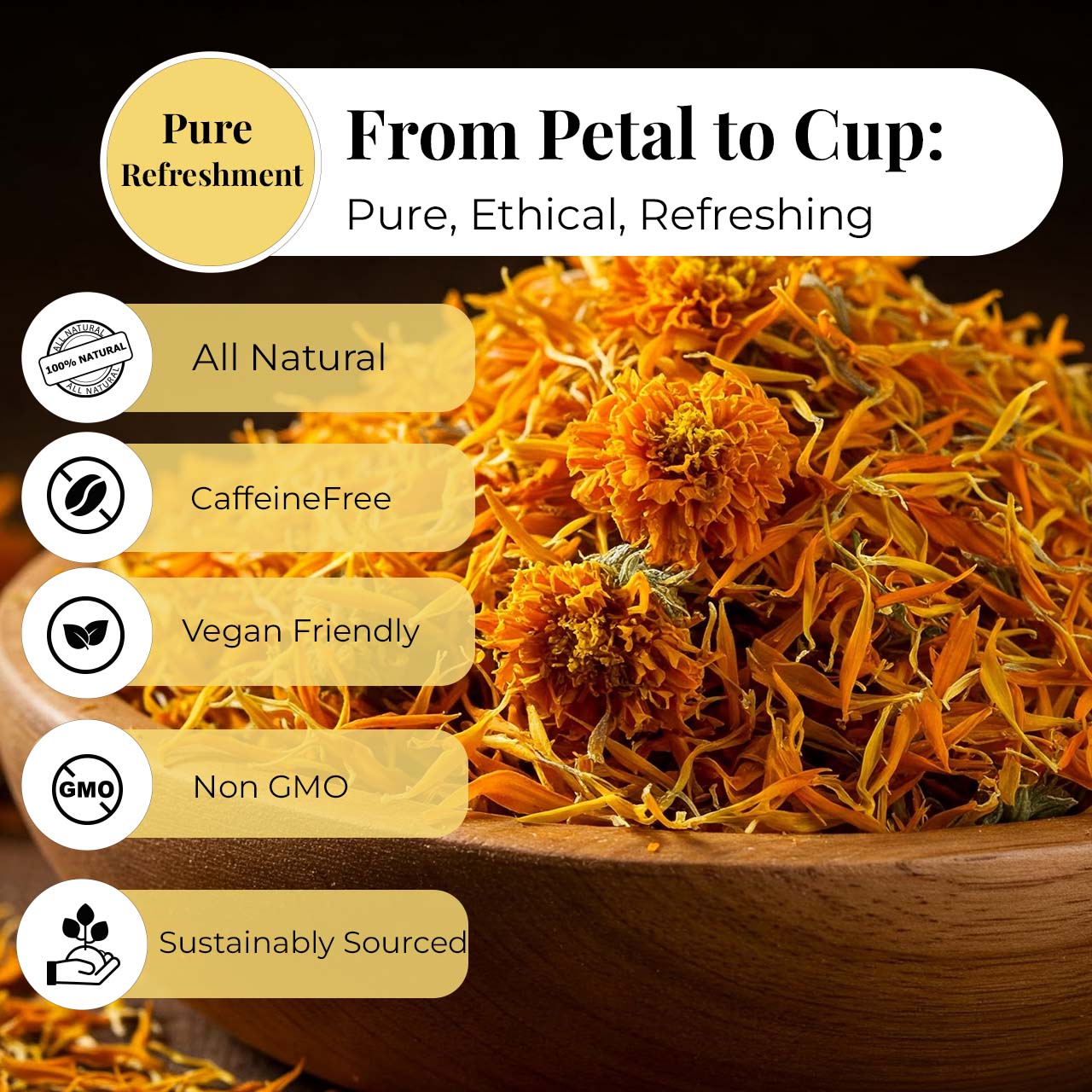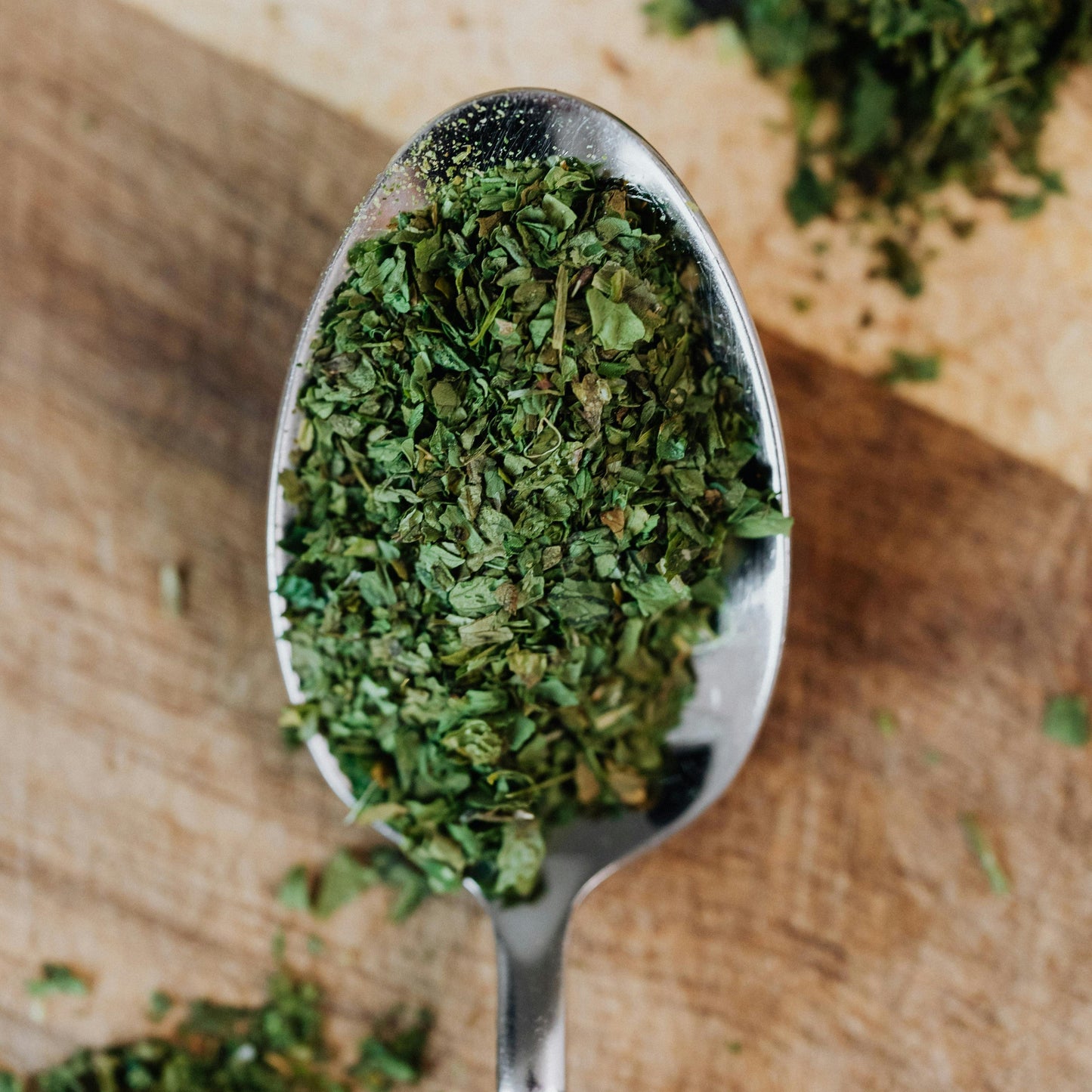The Art of Herbal Pairing
For centuries, people have turned to herbs and spices not only to add flavor to meals but also to promote health and wellness. Whether steeped into soothing teas, incorporated into cooking, or crafted into natural remedies, herbal pairings have stood the test of time. The beauty of combining leaves and spices lies in their ability to complement each other—enhancing both taste and therapeutic benefits.
In today’s world, where synthetic additives and processed foods dominate many diets, going back to natural herbal blends is both refreshing and necessary. Herbal pairings allow you to enjoy a delightful balance of aroma, flavor, and nutrients. But more than just taste, these combinations often create a synergistic effect, where two simple ingredients become a powerful wellness tool when used together.
From a comforting cup of chamomile-lavender tea before bed to a zesty blend of lemongrass and green tea for energy, herbal pairings invite you to discover flavor and healing in every sip or bite.
Why Herbal Pairings Matter for Flavor & Wellness
Pairing herbs isn’t just a culinary art—it’s a practice rooted in science and tradition. When chosen wisely, herbs can bring out the best in each other, creating a fusion of taste and therapeutic power.
History of Herbal Combinations Across Cultures
Across cultures, herbal combinations have been cherished for centuries:
-
Traditional Chinese Medicine (TCM) relies on carefully chosen herbal blends to balance energy (Qi) and restore health.
-
Ayurveda in India often prescribes herbal pairings like turmeric and black pepper for digestion and immunity.
-
The Mediterranean diet highlights basil and oregano, not only for flavor but also for their antimicrobial properties.
These ancient practices show us that herbal pairing is more than a trend—it’s a time-tested tradition.
Modern Science Behind Herbal Synergy
Modern research now backs up what traditional healers have known for centuries: some herbs, when combined, enhance each other’s bioavailability. For example, curcumin in turmeric is better absorbed when taken with piperine from black pepper. Similarly, green tea’s antioxidants pair beautifully with the citrusy zest of lemongrass, making both more enjoyable and beneficial.
The science of synergy explains why combining herbs is often more effective than using them individually. By blending, you can:
-
Boost absorption of nutrients.
-
Enhance antioxidant activity.
-
Balance strong flavors with mild ones.
-
Create tailored blends for specific health goals.
Herbal pairings, therefore, are not only about taste but also about crafting personalized pathways to wellness.
Key Principles of Pairing Herbs & Spices
Before diving into the top 10 herbal pairings, it’s important to understand the principles behind effective combinations. Herbs and spices are more than just flavor enhancers—they are living botanicals packed with essential oils, antioxidants, and unique plant compounds. When combined properly, these properties can harmonize beautifully, bringing out both flavor and wellness benefits.
Balancing Aroma, Taste, and Health Benefits
Every herb has its own flavor profile: mint is cooling, ginger is warming, and turmeric is earthy. Combining herbs requires balance so that one doesn’t overpower the other. For instance, mint’s refreshing qualities mellow out ginger’s heat, creating a pleasant yet effective digestive tonic.
From a health perspective, this balance also ensures that the blend offers multiple benefits. A pairing may provide digestive support, immune enhancement, or relaxation effects, depending on the herbs chosen.
Understanding Complementary Properties
Pairing herbs is similar to pairing foods: you look for complementary properties. This could mean:
-
Nutritional synergy: One herb improves the absorption of compounds in another (e.g., turmeric and black pepper).
-
Flavor harmony: Herbs that taste better together (e.g., cinnamon and clove).
-
Holistic wellness support: Herbs that work on similar body systems (e.g., sage and thyme for respiratory health).
By applying these principles, you can intentionally create blends that are not only enjoyable but also highly effective for wellness.
Top 10 Herbal Pairings for Maximum Flavor & Wellness
Now that we’ve covered the principles, let’s explore ten powerful herbal pairings. Each of these combinations is easy to prepare and can be used as teas, culinary spices, or home remedies.
1. Mint & Ginger – The Refreshing Digestive Duo
Mint has long been celebrated for its cooling, refreshing qualities. Ginger, on the other hand, is warming, spicy, and highly regarded for its digestive support. When paired, these two herbs form a powerhouse for stomach health.
Benefits:
-
Helps reduce bloating and indigestion.
-
Freshens breath naturally.
-
Soothes nausea and motion sickness.
How to use: Steep fresh mint leaves with sliced ginger for a refreshing tea, or add both to smoothies for a zesty kick.
2. Turmeric & Black Pepper – The Golden Anti-Inflammatory Blend
Turmeric is rich in curcumin, a compound known for its anti-inflammatory and antioxidant properties. However, curcumin is poorly absorbed by the body on its own. This is where black pepper comes in—its active compound, piperine, enhances curcumin absorption by up to 2000%.
Benefits:
-
Reduces inflammation in joints.
-
Supports liver health.
-
Boosts immunity.
How to use: Add a pinch of black pepper to turmeric tea (“golden milk”) or sprinkle both over roasted vegetables for a healing dish.
3. Lemongrass & Green Tea – A Zesty Energy Booster
Green tea is widely known for its antioxidants and gentle caffeine boost. Lemongrass adds a citrusy zest that balances the slightly bitter taste of green tea, making it more refreshing.
Benefits:
-
Enhances focus and alertness.
-
Rich in antioxidants that fight free radicals.
-
Supports digestion and metabolism.
How to use: Brew green tea with a stalk of fresh lemongrass or dried lemongrass leaves for a fragrant, energizing cup.
4. Basil & Oregano – Mediterranean Immunity Pairing
Basil and oregano are staples of Mediterranean cuisine, but their synergy goes far beyond flavor. Basil offers a slightly sweet, peppery taste, while oregano is robust and earthy. Together, they create a fragrant, immune-boosting duo.
Benefits:
-
Packed with antibacterial and antifungal properties.
-
Rich in antioxidants that protect cells.
-
Supports respiratory and immune health.
How to use: Add fresh basil and oregano leaves to pasta sauces, soups, or salad dressings for a nutrient-rich flavor boost.
5. Cinnamon & Clove – Warming Antioxidant Combo
Cinnamon is sweet and woody, while clove has a strong, spicy kick. Together, they form a warming blend that is especially comforting during colder months.
Benefits:
-
Supports healthy blood sugar levels.
-
Provides strong antimicrobial properties.
-
Enhances circulation and warmth in the body.
How to use: Brew a tea with cinnamon sticks and whole cloves, or sprinkle both into baked goods for flavor and wellness in every bite.
6. Hibiscus & Rosehip – Vitamin C-Rich Heart Soother
Hibiscus, with its tart cranberry-like flavor, pairs beautifully with the slightly sweet, citrusy rosehip. This blend is not only delicious but also an excellent source of natural vitamin C.
Benefits:
-
Helps lower blood pressure naturally.
-
Strengthens the immune system.
-
Supports cardiovascular health.
How to use: Brew hibiscus petals with dried rosehip for a vibrant red herbal tea, served hot or iced.
7. Guava Leaf & Moringa – Nutrient-Dense Herbal Fusion
Guava leaves are known for their digestive and immune benefits, while moringa leaves are often called a “superfood” thanks to their abundance of vitamins and minerals. Together, they create a deeply nourishing blend.
Benefits:
-
Supports healthy digestion and gut balance.
-
Provides essential vitamins like A, C, and iron.
-
Boosts energy and vitality naturally.
How to use: Steep dried guava and moringa leaves together for a health-packed tea, or add powdered forms into smoothies.
8. Chamomile & Lavender – The Relaxation Power Pair
Chamomile’s gentle, apple-like sweetness pairs perfectly with lavender’s calming floral notes. This duo is beloved for its soothing properties, especially in promoting restful sleep.
Benefits:
-
Relieves stress and anxiety.
-
Promotes better sleep quality.
-
Soothes digestive discomfort.
How to use: Steep chamomile flowers with dried lavender buds before bedtime for a fragrant night-time tea.
9. Sage & Thyme – Respiratory Support Duo
Sage and thyme are both powerful medicinal herbs with strong antibacterial and antiviral properties. When combined, they create a potent blend for respiratory health.
Benefits:
-
Helps relieve coughs and sore throats.
-
Supports overall respiratory health.
-
Boosts immunity during seasonal changes.
How to use: Prepare an infusion with fresh sage and thyme leaves, or use them together in soups and broths.
10. Rosemary & Lemon Balm – Focus & Memory Enhancer
Rosemary has been associated with memory enhancement for centuries, while lemon balm is known for its calming yet uplifting effects. This combination creates a refreshing and mentally stimulating blend.
Benefits:
-
Enhances focus and concentration.
-
Supports cognitive health.
-
Provides a refreshing, mood-lifting aroma.
How to use: Steep rosemary sprigs with lemon balm leaves for a brain-boosting tea, or use them together in roasted vegetable dishes.
How to Prepare Herbal Pairings at Home
Herbal pairings can be enjoyed in more ways than one. Whether you want to sip a soothing tea, enhance your meals, or craft natural remedies, the possibilities are endless. Preparing them at home allows you to customize blends according to your needs and taste preferences.
Herbal Teas & Infusions
The simplest way to enjoy herbal pairings is through teas and infusions. All you need are dried or fresh herbs, hot water, and a little patience.
Basic method for herbal tea:
-
Boil fresh, filtered water.
-
Add 1–2 teaspoons of dried herbs (or a handful of fresh leaves).
-
Steep for 5–10 minutes, depending on the herb.
-
Strain and enjoy hot or cold.
Examples:
-
Chamomile + lavender tea before bedtime.
-
Hibiscus + rosehip tea for a tart, vitamin-rich drink.
-
Guava leaf + moringa infusion for all-day energy.
Culinary Uses in Everyday Cooking
Herbs don’t have to be limited to teas; they can elevate your meals with flavor and nutrition.
-
Basil & oregano – Perfect for pasta sauces, salads, and soups.
-
Rosemary & lemon balm – Use in roasted potatoes, chicken, or fish.
-
Cinnamon & clove – Add to baked goods, oatmeal, or warm drinks.
By incorporating herbal pairings into your cooking, you make wellness a natural part of your everyday lifestyle.
Herbal Oils, Tinctures & Remedies
For those interested in natural remedies, herbs can be preserved and used in oils or tinctures.
-
Herbal oils: Infuse fresh or dried herbs (like sage & thyme) in olive oil for a fragrant cooking or massage oil.
-
Tinctures: Extract the medicinal compounds of herbs by steeping them in alcohol for several weeks.
-
Herbal baths: Add chamomile, lavender, or rosemary to your bathwater for relaxation and skin nourishment.
These methods allow herbs to be used topically or internally, depending on your needs.
FAQs on Herbal Pairings
1. Are herbal pairings safe for everyone?
Most herbal pairings are safe, but some herbs may interact with medications or specific health conditions. It’s always wise to consult with a healthcare professional before starting any new herbal regimen.
2. How often should I consume herbal blends?
For general wellness, 1–2 cups of herbal tea daily is usually safe. Culinary uses can be enjoyed regularly, as herbs in cooking are generally used in moderate amounts.
3. Can I mix more than two herbs together?
Yes! While this article focuses on pairs, many traditional herbal blends use three or more herbs. Just be mindful of flavor balance and health effects.
4. What’s the best time to drink herbal teas?
It depends on the blend:
-
Chamomile & lavender – before bed.
-
Lemongrass & green tea – in the morning or early afternoon.
-
Mint & ginger – after meals for digestion.
5. Do herbal blends interact with medications?
Some herbs can affect how medications work. For example, St. John’s Wort (not in our list, but commonly used) may interfere with antidepressants. Always check with your doctor or pharmacist.
6. How can I store dried herbs for longer shelf life?
Keep them in airtight containers, away from sunlight and moisture. Properly stored herbs can last 6–12 months without losing much potency.
Conclusion: Building a Healthier Lifestyle with Herbal Pairings
Herbal pairings are more than just flavorful blends—they are nature’s gift for holistic wellness. From mint & ginger for digestion to rosemary & lemon balm for focus, each duo offers unique benefits that support your body and mind. By understanding how to combine leaves and spices thoughtfully, you can create personalized remedies, teas, and meals that not only taste amazing but also nurture your health.
Incorporating these pairings into your daily routine doesn’t require dramatic changes. A warm cup of tea, a fragrant herb-infused dish, or a calming evening ritual can make a profound difference over time.
So the next time you reach for your spice rack or tea caddy, think beyond single herbs—pair them wisely, and unlock the true potential of flavor and wellness.






























